Olympus PEN EE2
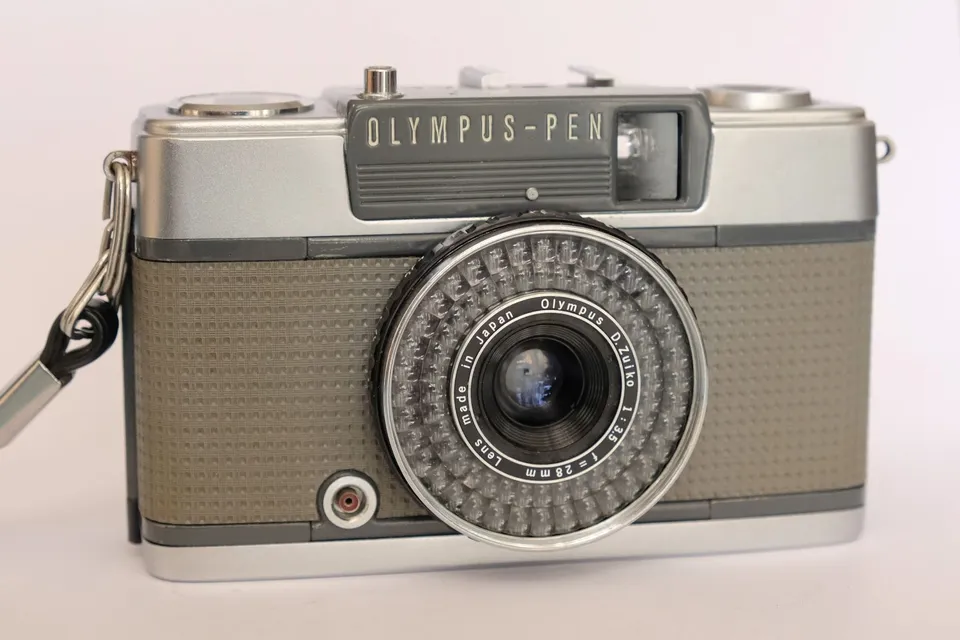
Another impulsive purchase (which isn't) of mine. I thought one half-frame camera was good enough but then Olympus lenses seem to have a good reputation so I wanted to give it a try.
The only problem I had with AGAT 18K was flares — lens flare and flare due to reflection inside the chamber. Lens-flare aside, the reflective plastic inside the film chamber can be rectified by painting the chamber with non-reflecting dark paint like someone did.
Ah maybe later.
I want to see how good Olympus PEN EE2 can get with the reputed coated D.Zuiko lens. The maximum aperture f/3.5 is smaller than AGAT 18K's f/2.8, which is quite ok because using PEN EE2 in low-light situation is demonstratedly rather impractical.
Before "Kodak" Ektar H35 (Kodak doesn't really make any camera anymore except the disposables, this is just Kodak-branded plastic toy cameras) hit the market, PEN EE2 was the overly-advertised half-frame film camera popularly sold by the Hong Kong film camera stores.
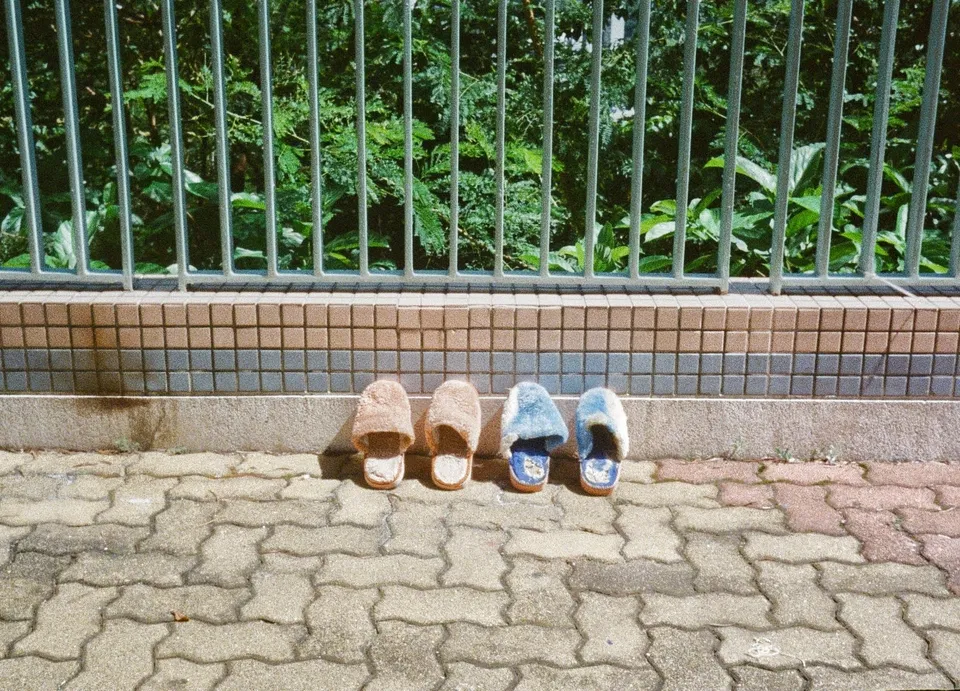
Olympus PEN EE2 is one of the later models of the long-lived series of Olympus PEN cameras.
Half-frame camera is a good way to shoot cheaply in this age of film shortage and ridiculous price hike. For beginners and casual shooters, this camera is very easy to use because everything is automatic like a disposable camera, but better with 4-element D.Zuiko lens and autoexposure system.
Actually, the operation of PEN EE2 is very similar to a disposable. The winding knob at the back of the camera reassembles the back of a disposable camera. To make an exposure it's as simple as setting the correct ISO rating on the front ring (only need to set once per roll) and the just shoot.
To conclude Olympus PEN EE2 in one short sentence, it's "Good enough".
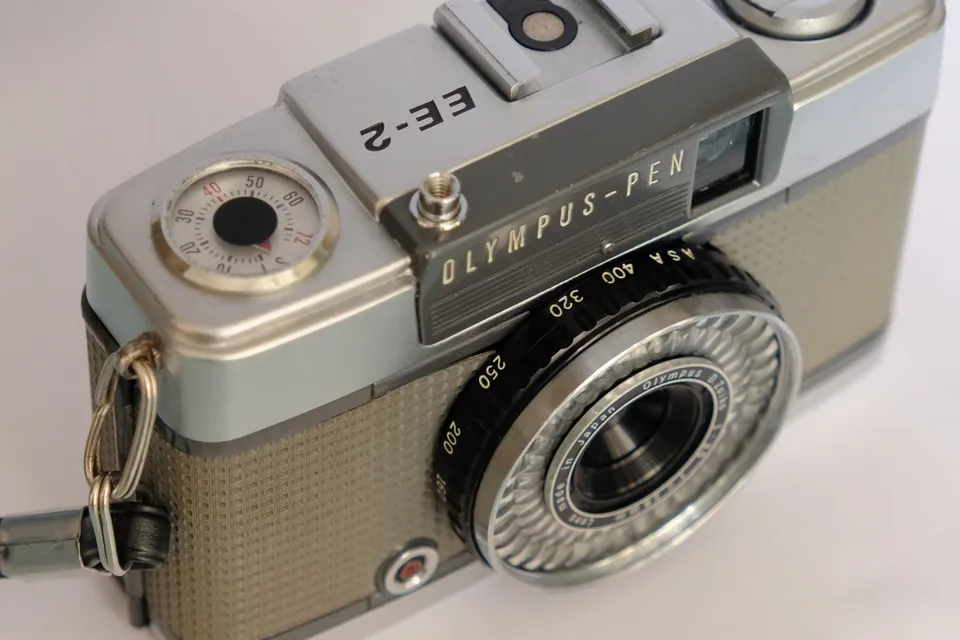
One roll of 36-shot 135 film is able to yield 72 shots on this camera. The dial on top of the camera clearly indicates how many shots have been taken and how many are left, which I think is a better design than those that only reveal the current frame count in a small window.
There's a PC sync cable socket at the lower front corner of the camera. Unlike disposables that usually come with a flash, this one requires use of an external flash with either hotshoe or PC sync cable support. This is actually a big shortcoming of this camera, which I will elaborate when I get to talk about shooting at low light condition later.
While it is a bit difficult to see from isometric angle, you can see from the front-shot of this camera that the viewfinder is unusually vertical. In an age of abundant phone camera shooting, the portrait orientation may be advantageous because users can post the photo on apps like Instagram occupying more on-screen pixels than a landscape photo. Of course, this is just a lucky coincidence for a 40+ years old camera.

When it comes to the lens and shutter, PEN EE2 features a 4-element D.Zuiko 28mm f/3.5 lens, equivalent to 40mm full-frame. Shutter speed is either 1/200s or 1/40s depending on the mood of the selenium meter. The aperture ranges steps all the way down to f/22 and supports ISO from 25 to 400.
An advantage of a selenium meter is that these photoelectric cells do not "run out of battery" per se, but they do degrade and fail to produce the same measurement over time, causing inaccuracy that's between correctable by the film's latitude or critically mis-exposed that the image become unusable. Selenium meter can't be fixed, but it may be replaced, or it's easier to simply replace the whole camera because PEN EE2 had been produced in large quantity in its tenure of production between 1968 and 1977. For now, I simply keep the lens cap on whenever the camera is in storage to shield the cells from light.

One happy surprise about the D.Zuiko lens PEN EE2 has is how well it handles sun haze and high contrast scene. The photo above was shooting directly at the sun and originally I expected a totally overexposed and hazy image like AGAT 18K would have produced. But no, this image is totally usable, it even contains high detail reflection on the water. Of course, such sharpness is only attainable on very high aperture stops, perhaps f/16 or f/22.
I would've wanted to use a filter, say a skylight filter or just a UV filter when shooting outside. However, the unusual 43.5mm filter size makes it difficult to find a matching filter. Same issue as the Olympus 35RC. Sometimes these cameras are sold with the filter, those are the better deals.
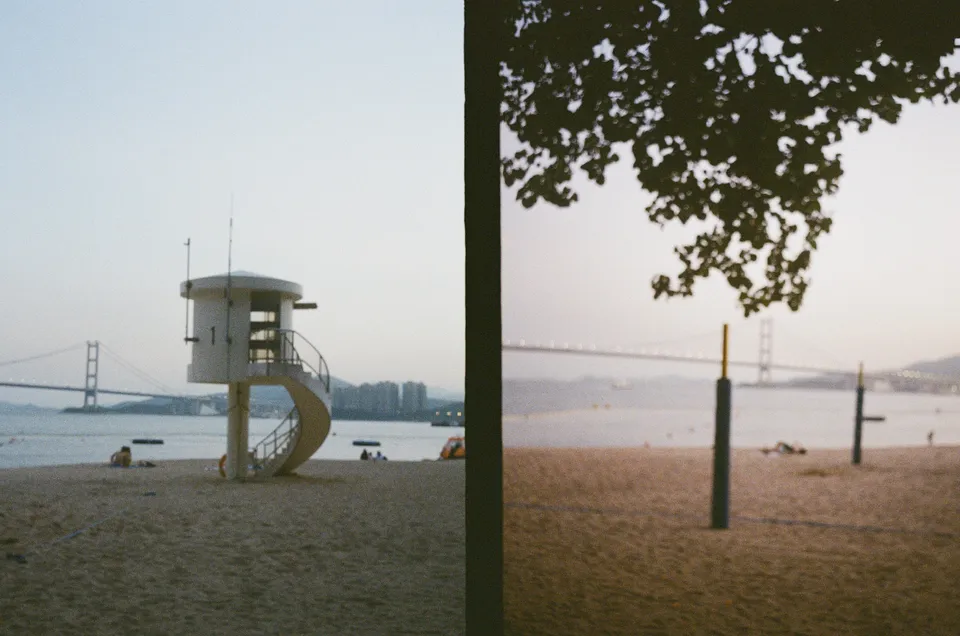
There's one thing I haven't mentioned—focusing. Perhaps to keep the construction and usage simple, Olympus omitted the focusing mechanism on this camera, bringing it even closer to the ergonomics of a disposable camera.
Now like disposable cameras, the focus if fixed on the PEN EE2, saving users the trouble to turn a dial to guess the focusing distance of their subjects. Really just point-and-shoot without worrying about anything (for the lack of any control).
The shortcoming to a fixed focus camera having a variable aperture means the DoF range is also variable. By the looks of it PEN EE2's focus is set to only a short few meters. When aperture is opened all the way up to f/3.5 at low light condition, DoF range would have reduced so much that subjects beyond a few meters become blurry.
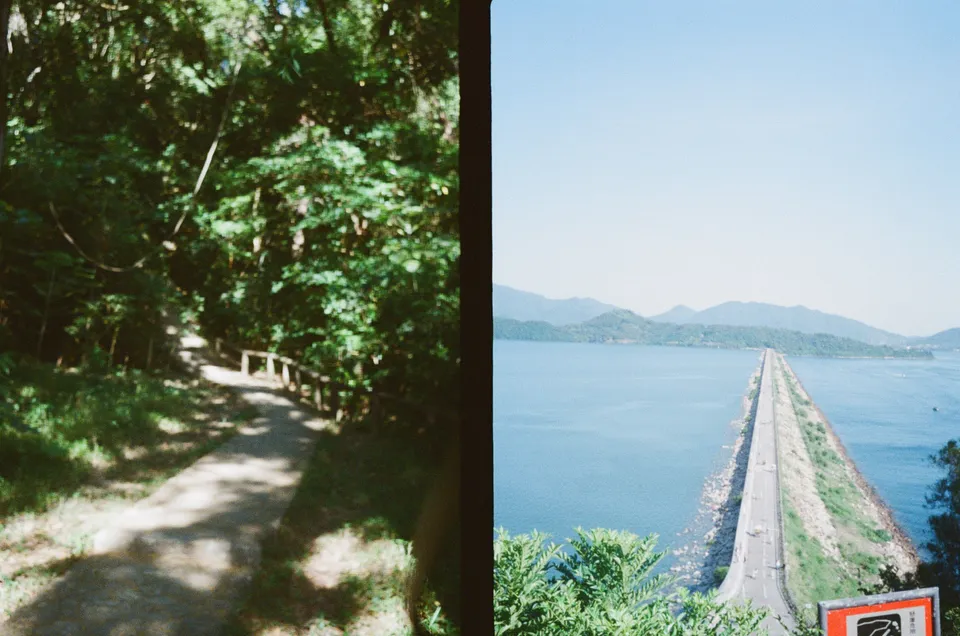
There's no indication by the camera of this behavior. Even when there's a good amount of light, the camera can still decide to shoot with wide open aperture, resulting in a blurry mess—a cost for the convenience.
In low light condition it's better to keep the camera in the pocket, or shoot with a strobe.
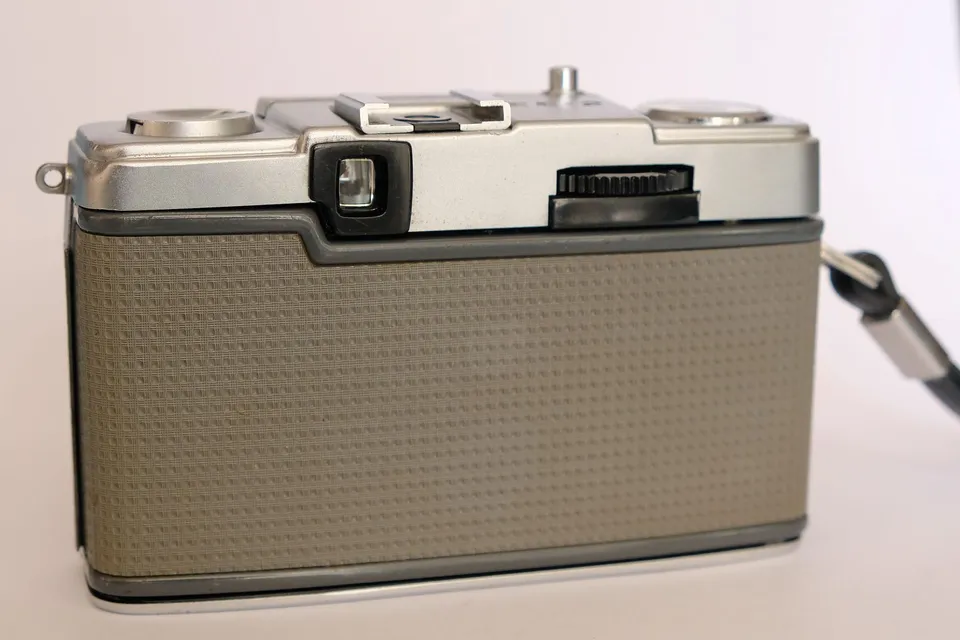
My example was bought from a Japanese second handed good site. Again whatever the Japanese don't talk about can be considered terribly broken. This one that I bought was disassembled for CLA by the seller and came out in clean and functional condition.
The only downside to resellability (though not usability) is the dent at the corner, which the seller did mention on the listing. Dent means the camera had suffered impact that might induce internal damage. Even if it works right now, it may begin to break after some time.
But light I said, despite all the shortcomings of this camera, it's still "Good enough" for most situations. It's a camera I'll happily bring to an leisure excursion when the party camera seem too fragile or troublesome to bring.
